Disadvantages with RAM OC?
In our previous articles on the washer mod, there were numerous comments that it allegedly led to instabilities in RAM OC. I could never reproduce this in my tests, but perhaps my RAM configuration was not close enough to the limit. Therefore, today’s tests will additionally be tested with DDR5-7000 CL30 1T for stability in order to be able to evaluate the modifications in this respect as well. And who would say that I don’t use up the RAM in my tests – ha! 😀
We use an EVGA Z690 Dark Kingpin motherboard as a test platform for this, which also transfers the forces more towards the CPU’s IHS (Integrated Heat Spreader) with its stiff PCB and backplate and should thus offer an ideal test scenario for the bending solution approaches. A dedicated review of the board will of course be coming soon, so keep your eyes peeled.
Each configuration must first manage to run the RAM without errors in a run of Testmem5 with the profile “Extreme1@Anta777”. If errors occur here, a new RAM training is first tried, whereby the CPU negotiates the various parameters for the communication with the DDR5 modules again. If this still doesn’t fix the instabilities, the CPU will be completely remounted in the socket again to eliminate any inconsistencies in the contact pressure.
Paste. Gap? Paste!
Furthermore, I had only applied the thermal paste as a sausage in the center of the heatspreader in the previous tests and did not spread it. Since the latter is supposed to lead to more reproducible results, I now also spread the thermal paste over the entire IHS in a thin layer with a spatula for today’s tests.
Unfortunately, this causes major problems with the Alphacool XPX block, even with the special LGA1700 mounting adjustments using 2 mm washers under the springs. Because at least without further modifications, the block only rests on the edges of the CPU and the thin layer of thermal paste is simply not enough to bridge the gap between the base plate and IHS. The “sausage” method manages to close the distance, but the distribution is far from optimal.
So, at least in this case, some sort of hybrid approach must be taken so that the block can deliver its true cooling capacity and be fairly represented. When in doubt, the excess thermal paste is then pushed outwards beyond the edges, where my masking tape then protects the socket from contamination. Thism ight look a little unorthodox, but it works surprisingly well. These and all other configurations were tested multiple times to achieve the best possible result and thus enable a truly fair comparison.
CPU settings and remaining hardware
An Intel Core i9-12900K acts as the CPU at 5.0 GHz on the P-cores and 4.8 GHz on the cache or ring. The E-cores were deactivated because we could not measure a decisive influence on the effectiveness of socket modifications in past tests. The CPU then allows itself around 250 W in the Prime95 stress test with Small FFT Preset, which is a real extreme load and thus a perfect test case for Washermod and co.. TJmax was also raised to 115 °C for the tests so that even the weakest configurations can still manage without throttling.
The temperatures of the P-cores and the cooling liquid are measured and recorded over 10 minutes and the delta is formed from this. The maximum delta of the cores on average then serve us as a metric to compare the configurations. Fortunately, the H150i AIO can also report its water temperature to HWinfo via USB, so we can also generate reliable relative comparison values with the same cooler here as well. Alphacool Subzero is used as thermal compound in all tests.
As we have also noted in previous tests on the Washermod, the motherboard with the flexibility of the board and the ILM brand used also have a small effect on the amount of flex and thus the cooling performance. Accordingly, we additionally counter-tested the temperature results with the MSI Pro Z690-A DDR4. Since this motherboard uses a pcb design with a lower layer count, no backplate and a different ILM make, we can at least narrow down the plausibility of the measured results. The rest of the hardware used follows as always as a table:
|
Test systems |
|
|---|---|
| Hardware: |
|
| Cooling: |
|
| Housing: |
|
| Periphery: |
|
| Measuring devices: |
|















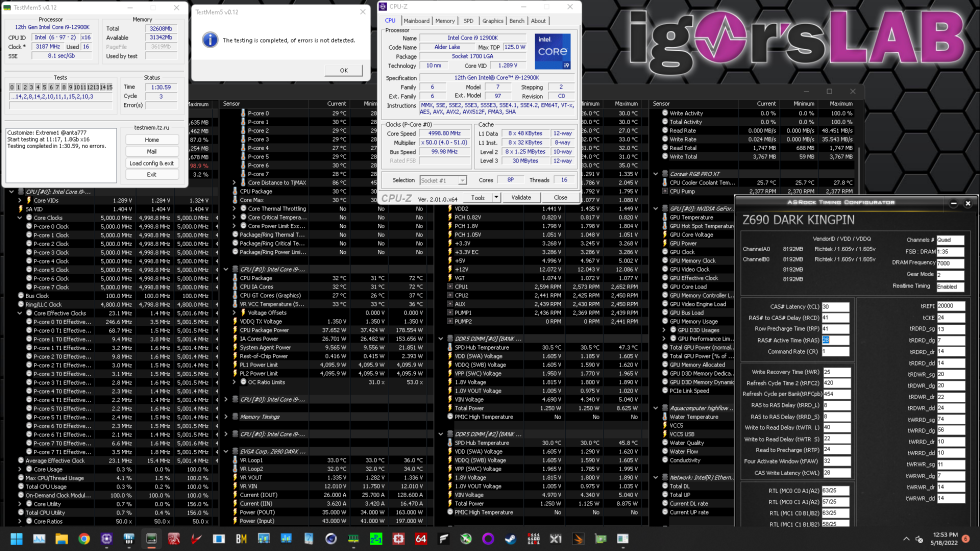
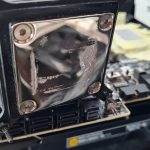
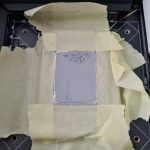
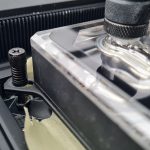
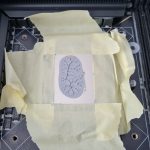
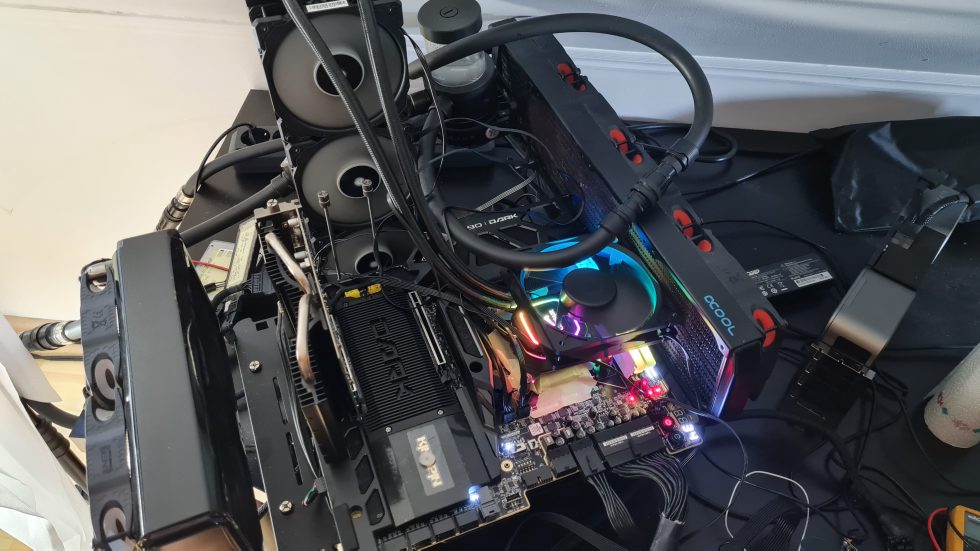


















44 Antworten
Kommentar
Lade neue Kommentare
Mitglied
1
Mitglied
Urgestein
Urgestein
1
Veteran
Urgestein
Veteran
Urgestein
Urgestein
Urgestein
Urgestein
Veteran
Urgestein
Urgestein
Urgestein
Urgestein
1
Alle Kommentare lesen unter igor´sLAB Community →